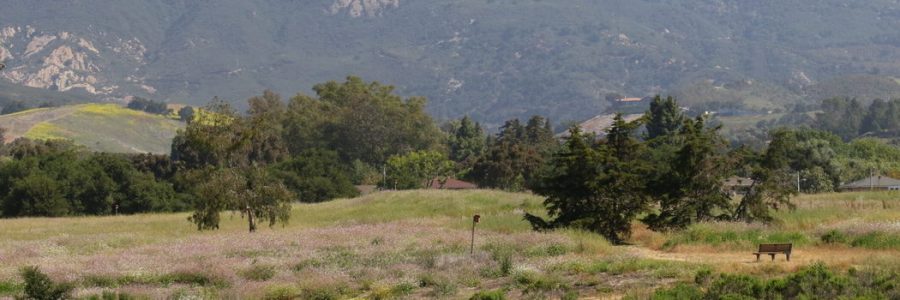On July 22, Steve Ferry and Dolores Pollock, our co-presidents, spoke before the County Planning Commission, making recommendations.
Dolores Pollock spoke the following:
I am here to talk about designing this project to minimize hazards to the California Condor.
The California Condor is a critically endangered species whose historic range includes all of Santa Barbara County. The condor population is recovering after falling to only 22 birds in 1987. Condors are routinely released at the Bitter Creek National Wildlife Refuge, less than 20 miles from the project site. A condor could travel that distance in less than half an hour. Condors are expanding their range into the Cuyama Valley and will likely be increasingly found there during the life of the project.
We appreciate that the County is prohibiting the use of rodenticides on the project site. We ask that the applicant be required to record a deed restriction that imposes prohibition of rodenticides as a restriction on use of the property.
We also appreciate that the County controls microtrash and carcasses in the facility, which will help the condor.
We are concerned that the Final Environmental Impact Report does not provide sufficient protection for the condor from electrocution by power lines. The condor’s wingspan is 109 inches. A minimum of 83 inches of separation between electrical conductors is vital to protect the California Condor from electrocution. We ask that the project standards be modified to include the statement, “Line spacing shall accommodate protection of the California Condor and shall be a minimum of 83 inches.”
The Avian Power Line Interaction Committee guidelines provide a lot of information about power line markers. However, we could find nothing in the guidelines that would require the use of power line markers. The project plan should specifically require power line markers.
STEVE FERRY REMARKS TO COUNTY PLANNING COMMISSION
RE: PROPOSED FEIR FOR CUYAMA SOLAR PROJECT
Good morning, Commissioners. I’m Steve Ferry, Co-President of Santa Barbara Audubon Society. Audubon has long been a supporter of renewable energy, particularly solar power. I’m personally a strong proponent of solar power. I’ve had solar panels on the roof of my house for years. I drove here today in my electric car.
Audubon has been working on this project for over three years. We’ve written numerous letters, testified at hearings, met many times with the applicant, County staff, and Planning Commissioners, and made visits to the project site and First Solar’s Topaz Solar Farm. We’ve tried to influence the process to make this project as environmentally friendly as possible. Unfortunately, we cannot support this project as currently planned.
This project has ten unmitigated Class I impacts on aesthetics and visual resources. The proposed EIR states, quote, “the regular angular geometric forms and strong horizontal lines associated with the PV panel arrays would contrast strongly with the forms of the existing landscape.” Unquote. In addition, glare from the panels will be visible to local residents and passersby. At certain times of the day, when the panels are nearly vertical, the reflection of the sky in the panels will make the facility look like a vertical lake! There is an easy solution to the aesthetics and glare problems – vegetative screening could be put around the solar facility. Native plants that would require no water once established could be planted to give the facility a natural look. Many of the nearby agricultural fields already have vegetation planted on their edges.

